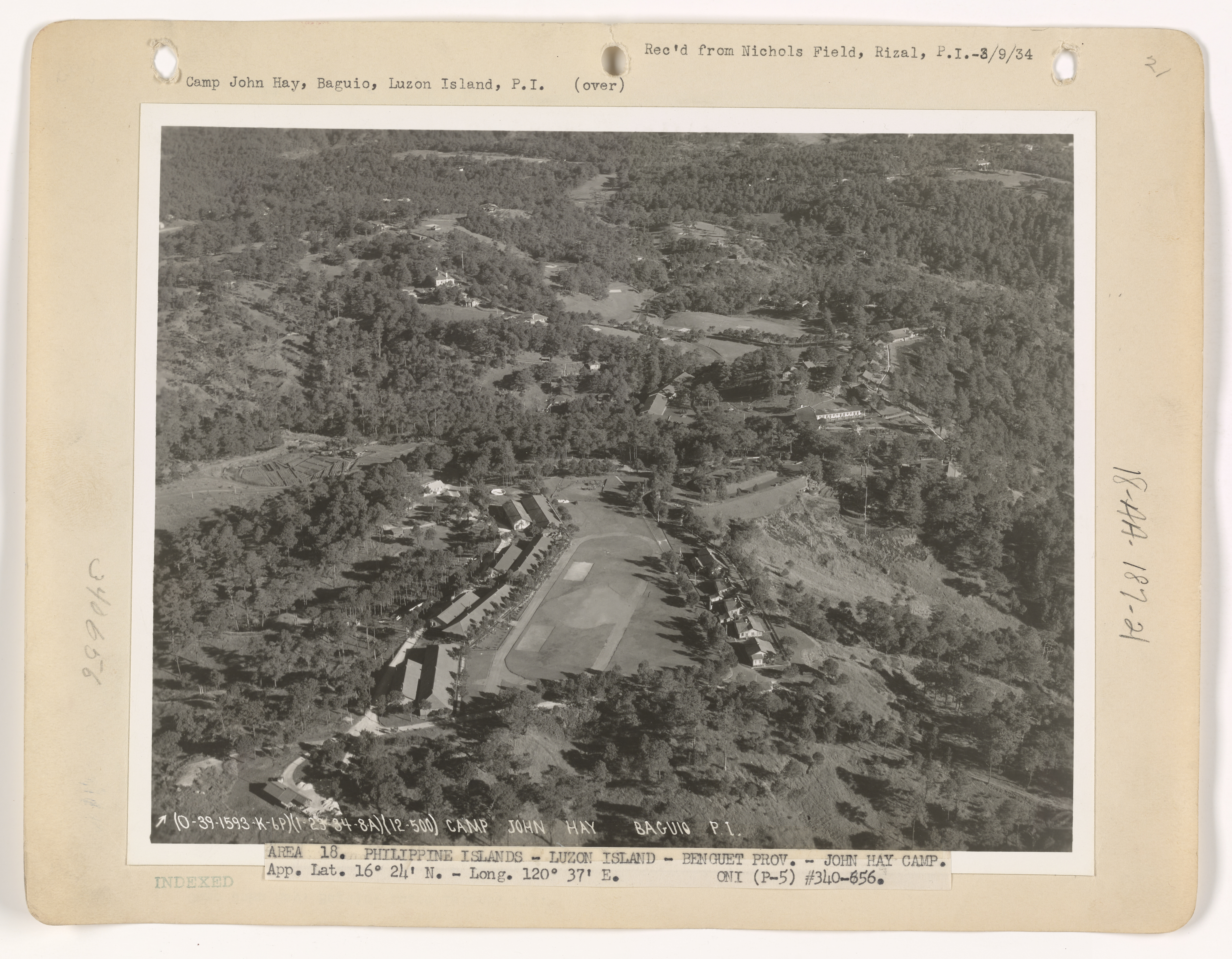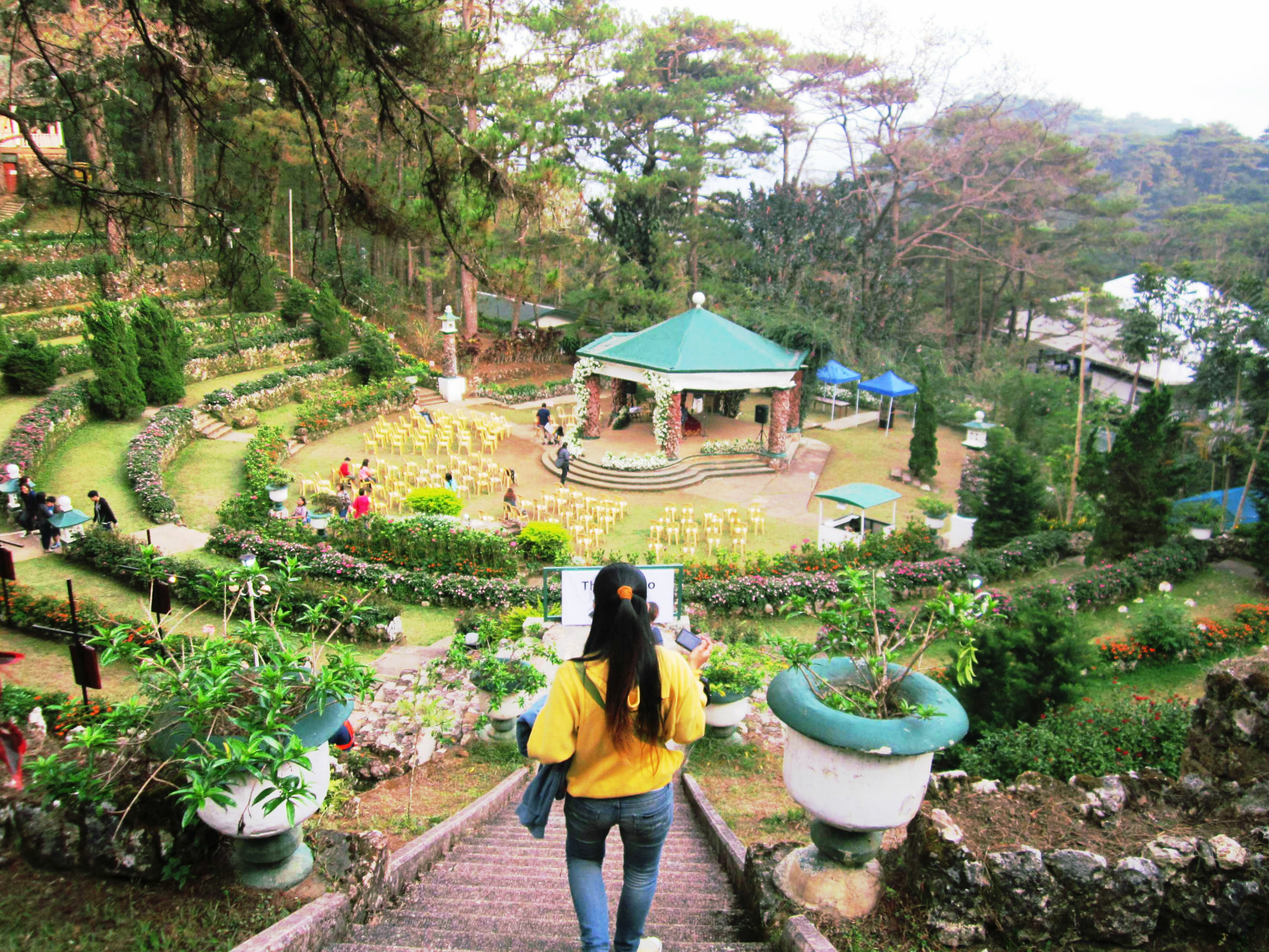Camp John Hay on:
[Wikipedia]
[Google]
[Amazon]
Camp John Hay is a mixed-used development which serves as a tourist destination and forest watershed reservation in
 The United States 48th Infantry Unit under Captain Robert Rudd established Hill Station in the current site of Camp John Hay in 1900 during the Philippine-American war. The site is referred to the locals, the Ibalois, as "Kafagway" and is owned by Ibaloi leader
The United States 48th Infantry Unit under Captain Robert Rudd established Hill Station in the current site of Camp John Hay in 1900 during the Philippine-American war. The site is referred to the locals, the Ibalois, as "Kafagway" and is owned by Ibaloi leader

Baguio
Baguio ( ,
), officially the City of Baguio ( ilo, Siudad ti Baguio; fil, Lungsod ng Baguio), is a 1st class highly urbanized city in the Cordillera Administrative Region, Philippines. It is known as the "Summer Capital of the Philippines", ...
, Philippines
The Philippines (; fil, Pilipinas, links=no), officially the Republic of the Philippines ( fil, Republika ng Pilipinas, links=no),
* bik, Republika kan Filipinas
* ceb, Republika sa Pilipinas
* cbk, República de Filipinas
* hil, Republ ...
which was formerly a military base of the United States Armed Forces
The United States Armed Forces are the military forces of the United States. The armed forces consists of six service branches: the Army, Marine Corps, Navy, Air Force, Space Force, and Coast Guard. The president of the United States is ...
.
History
 The United States 48th Infantry Unit under Captain Robert Rudd established Hill Station in the current site of Camp John Hay in 1900 during the Philippine-American war. The site is referred to the locals, the Ibalois, as "Kafagway" and is owned by Ibaloi leader
The United States 48th Infantry Unit under Captain Robert Rudd established Hill Station in the current site of Camp John Hay in 1900 during the Philippine-American war. The site is referred to the locals, the Ibalois, as "Kafagway" and is owned by Ibaloi leader Mateo Cariño
Mateo Cariño was an Ibaloi chieftain who owned the land that was to become Baguio. He led a successful revolt against the Spanish garrison in La Trinidad and was proclaimed the ''Capitan Municipal'' of Baguio by President Emilio Aguinaldo.
Backg ...
. of the land was then designated as "Camp John Hay", a military reservation for American soldiers, in October 1903 when US President Theodore Roosevelt
Theodore Roosevelt Jr. ( ; October 27, 1858 – January 6, 1919), often referred to as Teddy or by his initials, T. R., was an American politician, statesman, soldier, conservationist, naturalist, historian, and writer who served as the 26t ...
signed a presidential order. American military personnel were given a place to refuge from the relative hotter temperature of the lowlands.
In December 1941, Japanese warplanes dropped 72 bombs over the main gate of the camp during the onset of World War II
World War II or the Second World War, often abbreviated as WWII or WW2, was a world war that lasted from 1939 to 1945. It involved the World War II by country, vast majority of the world's countries—including all of the great power ...
in the Philippines. Camp John Hay served as an internment camp of the Imperial Japanese forces as well as the headquarters of General Tomoyuki Yamashita
was a Japanese officer and convicted war criminal, who was a general in the Imperial Japanese Army during World War II. Yamashita led Japanese forces during the invasion of Malaya and Battle of Singapore, with his accomplishment of conquerin ...
during the Japanese occupation period. When the Japanese forces in the archipelago capitulated, Yamashita surrendered to the Allied forces at Camp John Hay, specifically at the High Commissioner's residence which was later renamed as the Ambassador's Residence.
After the war, Camp John Hay was converted into John Hay Air Base in 1955 and remained under the control of the Americans until it was officially turned over the Philippine government in 1991. The former military installation was made into a human resource development hub, and forest watershed reservation. The site became a tourist attraction.
Features
Historic buildings and structures
The Bell House, a historic structure named after Major General Franklin Bell is situated at the camp's Historical Core. Besides the house is the Bell Amphitheater which was designed by Bell himself.Gardens
Camp John Hay's history is featured through markers installed at the History Trail and Secret Garden. The Cemetery of Negativism nearby or the Lost Cemetery is a small area within Camp John Hay. The "cemetery" established by then-commanding general of theJohn Hay Air Station
John Hay Air Station, more commonly known as Camp John Hay, was a military installation in Baguio, Philippines.
The site was a major hill station used for rest and recreation, or R&R, for personnel and dependents of the United States Arme ...
, John Hightower in the early 1980s. It serves a symbolic burial site for negativism. The Amphiteather near Bell House also hosts a gazebo which is encircled by a multi-terraced flower garden.
Others
Manor Hotel and Forest Lodge are the two hotels operated by the management of Camp John Hay and are situated within the area.References
{{reflist Parks in Baguio Birdwatching sites in the Philippines Tourist attractions in Baguio